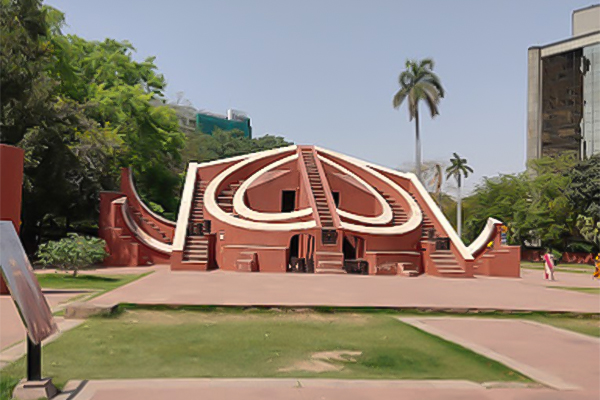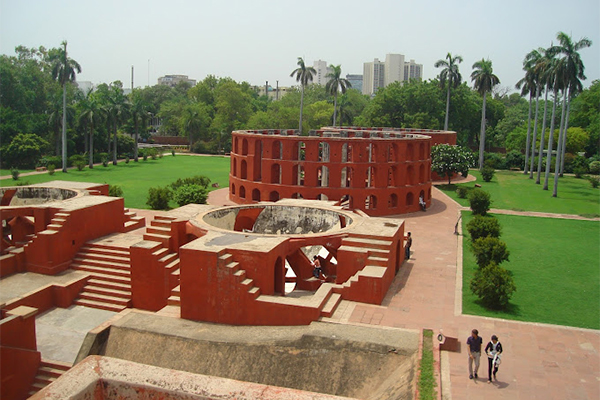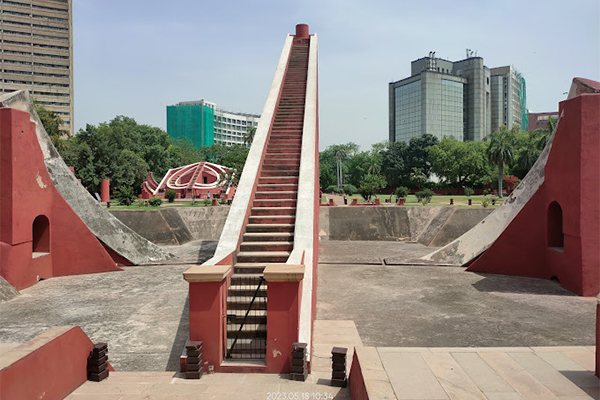A Glimpse into History
Built between 1727 and 1734, Jantar Mantar was part of Jai Singh’s grand vision to create a comprehensive observatory. It was one of five similar structures constructed in different cities across India, each showcasing different methods of astronomical measurements.

The Layout: A Puzzling Marvel
Jantar Mantar in Jaipur is a sprawling complex, with intriguing structures dotting its landscape. The observatory comprises 19 instruments, each meticulously designed to perform specific astronomical calculations. These instruments range from massive sundials to precise tools for tracking celestial bodies.


Instruments that Boggle the Mind
Samrat Yantra (Supreme Instrument)
Perplexing Precision: This colossal sundial stands at 27 meters, making it the largest in the world. It can measure time with an accuracy of just two seconds.
Burst of Brilliance: The shadow cast by the gnomon moves visibly at about 6 centimeters per minute.
Jai Prakash Yantra
Perplexing Precision: This structure helps in determining the position of celestial objects in relation to the Earth. It consists of two hemispherical bowls with markings for precise measurements.
Burst of Brilliance: The double-bowl design allows for intricate observations of the sun and other celestial bodies.
Rama Yantra
Perplexing Precision: A pair of cylindrical structures used for measuring the altitude and azimuth of celestial objects. The precision of these instruments is awe-inspiring.
Burst of Brilliance: This instrument can measure altitudes of up to 45 degrees.
The Cosmic Connection
Jantar Mantar’s instruments were not only used for scientific calculations but also had profound cultural and religious significance. They played a crucial role in determining auspicious times for various ceremonies and events.
Jantar Mantar Today:
Today, Jantar Mantar stands as a UNESCO World Heritage Site, drawing visitors from around the globe. It continues to be a living testament to India’s rich astronomical heritage, and serves as an educational hub, enlightening curious minds about the wonders of the universe.
Conclusion:
Jantar Mantar in Jaipur is not just a collection of stone and mortar, but a living, breathing testament to India’s legacy of scientific inquiry. Its perplexing instruments and burst of precision leave visitors in awe, reminding us of the extraordinary knowledge that existed in ancient India. So, the next time you find yourself in Jaipur, make sure to take a stroll through this captivating observatory, and let its celestial marvels transport you back in time.
